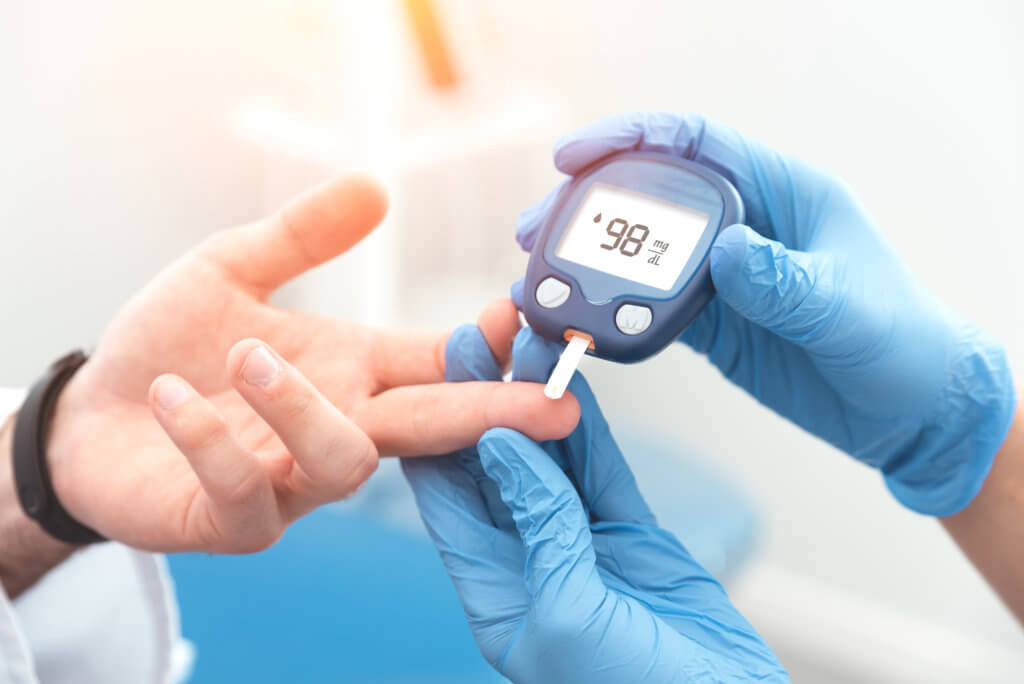SEATTLE — The number of diabetes cases worldwide could more than double to an astonishing 1.3 billion by 2050 due to increasing obesity rates, according to new projections. Researchers say unhealthy lifestyles contribute significantly to this escalating global health crisis, impacting men, women, and children of all ages across all countries.
Failing to maintain blood sugar levels can lead to devastating consequences. The metabolic disorder triples the risk of a heart attack and makes patients 20 times more likely to undergo a leg amputation. Other potential complications include stroke, kidney failure, blindness, nerve damage, and complications during pregnancy.
“The rapid rate at which diabetes is growing is not only alarming but also challenging for every health system in the world, especially given how the disease also increases the risk for ischemic heart disease and stroke,” says Dr. Liane Ong, lead author and Lead Research Scientist at the Institute for Health Metrics and Evaluation (IHME) at the University of Washington’s School of Medicine.
Currently, more than half-a-billion people suffer from diabetes, with nearly all (96%) diagnosed with Type 2 diabetes, which has a link to obesity. This figure signifies a five-fold increase since 1980, when there were approximately 108 million individuals living with the condition. Diabetes has now emerged as one of the top 10 causes of death. High BMI (body mass index) has been identified as the principal risk factor, accounting for over half (52%) of diabetes-related deaths and disabilities. Other significant risk factors include poor diet, environmental and occupational hazards, smoking, low physical activity, and alcohol use. Moreover, fine particles from air pollution may trigger the condition by entering the bloodstream.
“While the general public might believe that T2D is simply associated with obesity, lack of exercise, and a poor diet, preventing and controlling diabetes is quite complex due to a number of factors. That includes someone’s genetics, as well as logistical, social, and financial barriers within a country’s structural system, especially in low- and middle-income countries,” Dr. Ong continues in a media release.
Scroll down to see 6 warning signs of Type 2 diabetes

As obesity rates rise globally, with one in three people now classified as overweight, so too does the prevalence of diabetes. The Global Burden of Disease (GBD) study found that diabetes prevalence exceeds six percent. The study’s data, covering 204 countries and territories by age and sex from 1990 to 2021, enabled the international team to calculate rates up to 2050.
Individuals over 65 years-old are particularly vulnerable, with more than one in five in every region developing the condition. This proportion increases to nearly a quarter among 75 to 79-year-olds.
“Some people might be quick to focus on one or a few risk factors, but that approach doesn’t take into account the conditions in which people are born and live that create disparities worldwide,” says Lauryn Stafford, second author and Post-Bachelor Fellow at IHME.
“Those inequities ultimately impact people’s access to screening and treatment and the availability of health services. That’s precisely why we need a more complete picture of how diabetes has been impacting populations at a granular level.”
Over 37 million people in the United States have diabetes, with 90 percent of cases being the Type 2 form. Studies show that obesity raises the risk six-fold.
The study in published in The Lancet and was funded by the Bill & Melinda Gates Foundation.
What are the symptoms of Type 2 diabetes?
Type 2 diabetes often starts subtly and can develop slowly over time. It’s possible for a person to have the condition for years without realizing it, as symptoms can be minor or mistaken for other health issues. Here are some of the symptoms often associated with Type 2 diabetes:
- Increased thirst and frequent urination: With diabetes, excess sugar builds up in your bloodstream, causing fluid to be pulled from your tissues. This may make you feel thirsty more often and urinate more frequently.
- Increased hunger: Without enough insulin to move sugar into your cells, your muscles and organs become depleted of energy, leading to increased hunger.
- Fatigue: If your cells are deprived of sugar, you may feel tired and fatigued.
- Blurred vision: High blood sugar levels can affect your eyes and cause blurred vision. This can occur when fluid is pulled from the lenses of your eyes, affecting your ability to focus.
- Slow-healing sores or frequent infections: Diabetes can affect your body’s ability to heal and resist infections.
- Areas of darkened skin: Some people with Type 2 diabetes have patches of dark, velvety skin in the folds and creases of their bodies — usually in the armpits and neck. This condition, known as acanthosis nigricans, is a sign of insulin resistance.
South West News Service writer Mark Waghorn contributed to this report.

